'Terahertz Vacuum Electron Devices and Applications in High-Rate Communication and Imaging Systems'
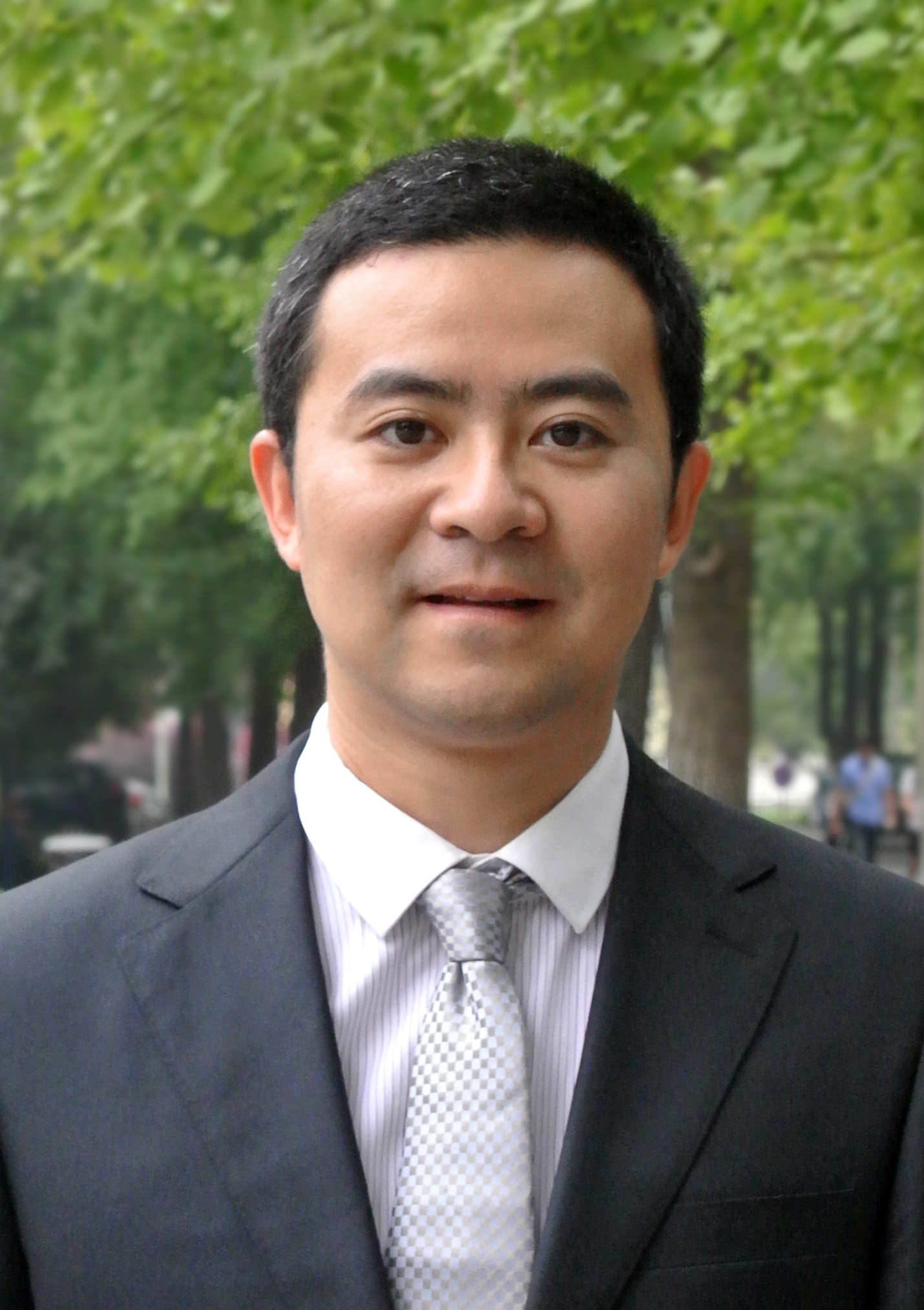
Yaxin Zhang, UESTC, Secretary General of the Chinese THz Society and the Associate Director of the THz communication engineering
research centers, National Key Lab on Vacuum Electronics, UESTC, Chengdu, China
Wednesday, April 28, 2021
8:10 - 8:55 AM
Abstract
Terahertz (THz) technology has potentially transformative applications in high-rate communications, imaging, biomedical imaging,spectroscopy, and security inspection systems. As the demand for wireless bandwidth increases, communication systems with terahertz waves as carriers bring us the ultra-high transmission rates and lower delays, which are expected to be a potential technology in future communication systems. Moreover, due to the high resolutionand high frame frequency, the terahertz imaging becomes the focus in the security checking system and so on. The demand for terahertz systems is driving the developmentof high-performance vacuum electron devices at terahertz wave band, such as traveling wave tubes, gyrotrons, orotronsand backward wave oscillators, and so on. As one of most important vacuum electron devices, traveling wave tubes have the advantage of high power and broad bandwidth as compact amplifiers, which can be used in the terahertz communication and imaging systems. In this presentation, the development of terahertz vacuum electron devices will be introduced and the latest progress on communication and imaging systems based on the terahertz traveling wave tube and high-rage electron tuned meta-material modulators will be given.
Biography
He received the B.Sc.degree from Sichuan University, Chengdu, China, in 2003, and the M.Sc. and Ph.D. degrees from the University of Electronic Science and Technology of China (UESTC), Chengdu, in 2006 and 2009, respectively. He is currently a Professor with the China Terahertz Science and Technology Research Center, UESTC.
Dr Zhang is the Secretary General of the Chinese THz Society. He was selected as the National Youth Talent Scientist Program by the National Science Foundation of China (NSFC). He has hosted over 20 research projects and published more than 130 papers in academic journals and Conferences. His main research interests include high power terahertz sources, terahertz high-speed wireless communication technology and terahertz dynamic functional devices (terahertz modulator, resonator, filter, etc.).
__________________________________________________________________________________________________________________________________
'Electric propulsion – Game Changer for Satellites and New Possibilities for Applications'
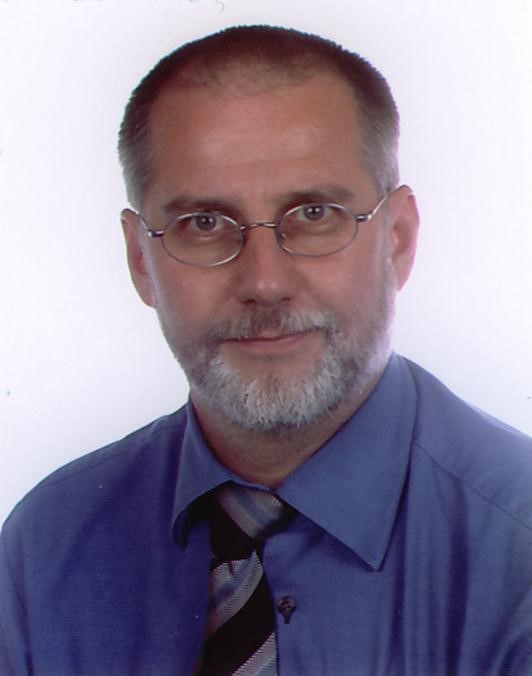
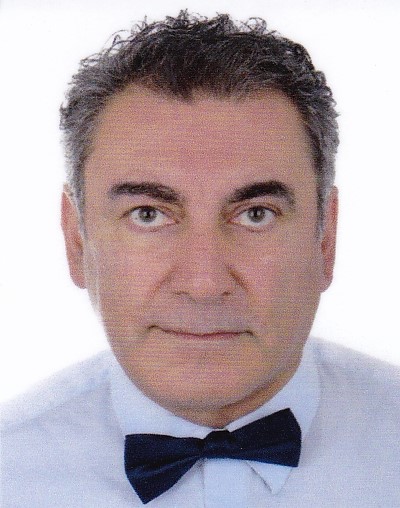
Ernst Bosch, Thales, Head of Development Electric Propulsion
Davar Felli, ESA, Electric Propulsion Lab
Wednesday, April 28, 2021
9:00- 9:45 AM
Abstract
Biography Ernst Bosch
joint Thales, former AEG, in January, 1988
experience in theory and development of microwave tubes in all major developments
Project Manager for several commercial projects
since 1996 Head of Development Satellite TWT`s
since 1999 Head of Development Satellite & Microwace TWT`s,
since 2005 Head of Development Satellite & Microwace TWT`s and Senior Expert for TWT and LCTWTA of Thales RFMS – Ulm
Since 2015 Senior Expert and technical Adviser for Space product Line and Support Product Policy Manager Space Product Line in technical department
Since 2016 Product line design authority for Space TWTs and Radar TWTs and Simulation
Since 2018 additionally Product line design authority for Electric Propulsion
Since 2020 additionally Head of Development Electric propulsion
Biography Davar Felli
PHD in Experimental QED 2000
Head of Electric propulsion Group in the University of Giessen 2004 to 2013
2013 moved to University of Southampton as Senior Lecturer
Since 2015 working as Senior Electric Prolusion Engineer in The ESA/ESTEC (at the moment i. a. Thruster Authority for Mars Sample Return/Earth Return Orbiter)
__________________________________________________________________________________________________________________________________
'Vacuum Nanoelectronics Based on Si and III-Nitride Semiconductors'
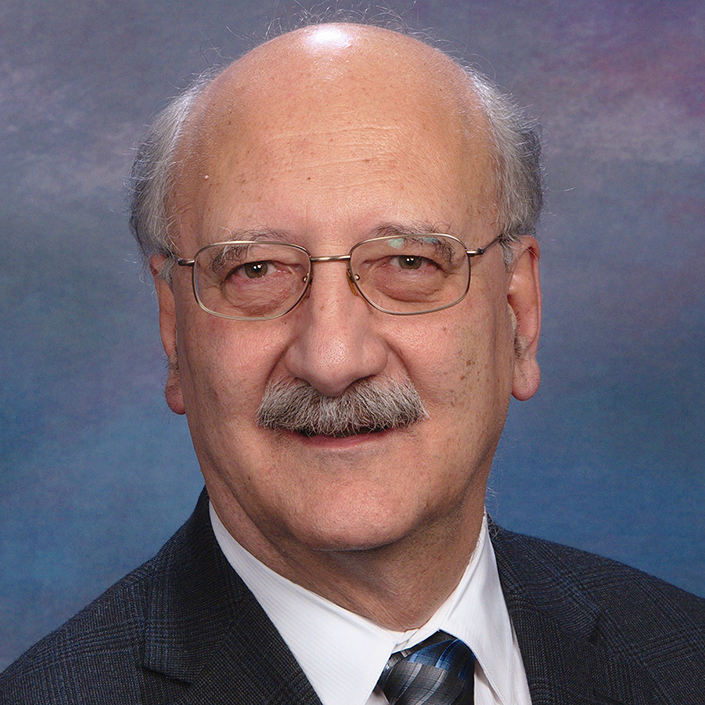
Dimitris Pavlidis, FIU, Principal investigator and Director of emerging research programs for FIU’s College of Engineering & Computing
Wednesday, April 28, 2021
5:10 - 5:55 PM
Abstract
Nanoscale Vacuum Field Effect Transistors (VFETs) provide new opportunities for small-size low-cost vacuum electronics combined with high-frequency performance. Silicon as well wide-bandgap semiconductors (III-Nitrides) can be used for the realization. VFETs avoid high power consumption caused by cathode heating in thermionic emission devices and have small turn-on voltage with potential for millimeter-wave operation. Their optimization requires special attention to be placed on proper emitter design, growth of high-quality materials and evaluation of their thermal properties. Progress in Si-and III-V-based electronic devices allowed operation at high-frequencies extending well into the millimeter-waverange. Device performance is limited by carrier transport properties and parasitics, which have been addressed using different semiconductor materials, shrinking of device dimensions and advanced design approaches, permitting in this way to achieve operation at several hundred GHz. Further performance advances with traditionalsemiconductor devices continue to be reported but start reaching a limit. The advances made in nanotechnology together with the possibility of utilizing field-rather than thermionic-emission offer, however, the possibility of revisiting the principle of vacuum tubes. Silicon and III-Nitride materials used for the realization of nanoelectronicdevices with such approaches can be processed using well-developed technologies and nanofabrication techniques, providing therefore ways of shrinking dimensions in critical parts of the device such as for example the gap between the emitter and cathode.
Biography
Dimitris Pavlidis has been Professor of Electrical Engineering and Computer Science at the University of Michigan, Ann Arbor from 1986 to 2004 and Adjunct Professor since 2004. He has been Research Professor at Boston University, Department of Electrical and Computer Engineering since 2012. He was Program Director in the Electronics, Photonics and Magnetic Devices (EPMD) Program in the ECCS Division of the National Science Foundation from 2012 to 2018. In 2019 he joined Florida International University (FIU) as Director of Emerging Research Programs and Research Professor.
His research involves various types of semiconductor materials, devices, circuits, nanostructures and sensors. His work on heterostructure devices and materials includes the design, fabrication and characterization of GaAs, InP-based HEMT's and HBT's, diodes for switching and mixing, GaN-based HFETs and two-terminal devices. His research covers microwave/ millimeter-wave monolithic heterostructure integrated circuits and field-emission. He is currently leading a AFOSR funded project vacuum nanoelectronics in collaboration with Boston University, Georgia Tech, Ohio State, Penn State and Purdue University aiming at Nanoscale Vacuum Field Effect (VFETs).
Professor Pavlidis is an IEEE fellow and received the received the 2015 IEEE Distinguished Educator Award for achieving outstanding success in the field of microwave engineering and science as an Educator, Mentor, and Role Model for Microwave Engineers and Engineering Students.
__________________________________________________________________________________________________________________________________
'The Role of Vacuum Electronics in Future Particle Accelerators'
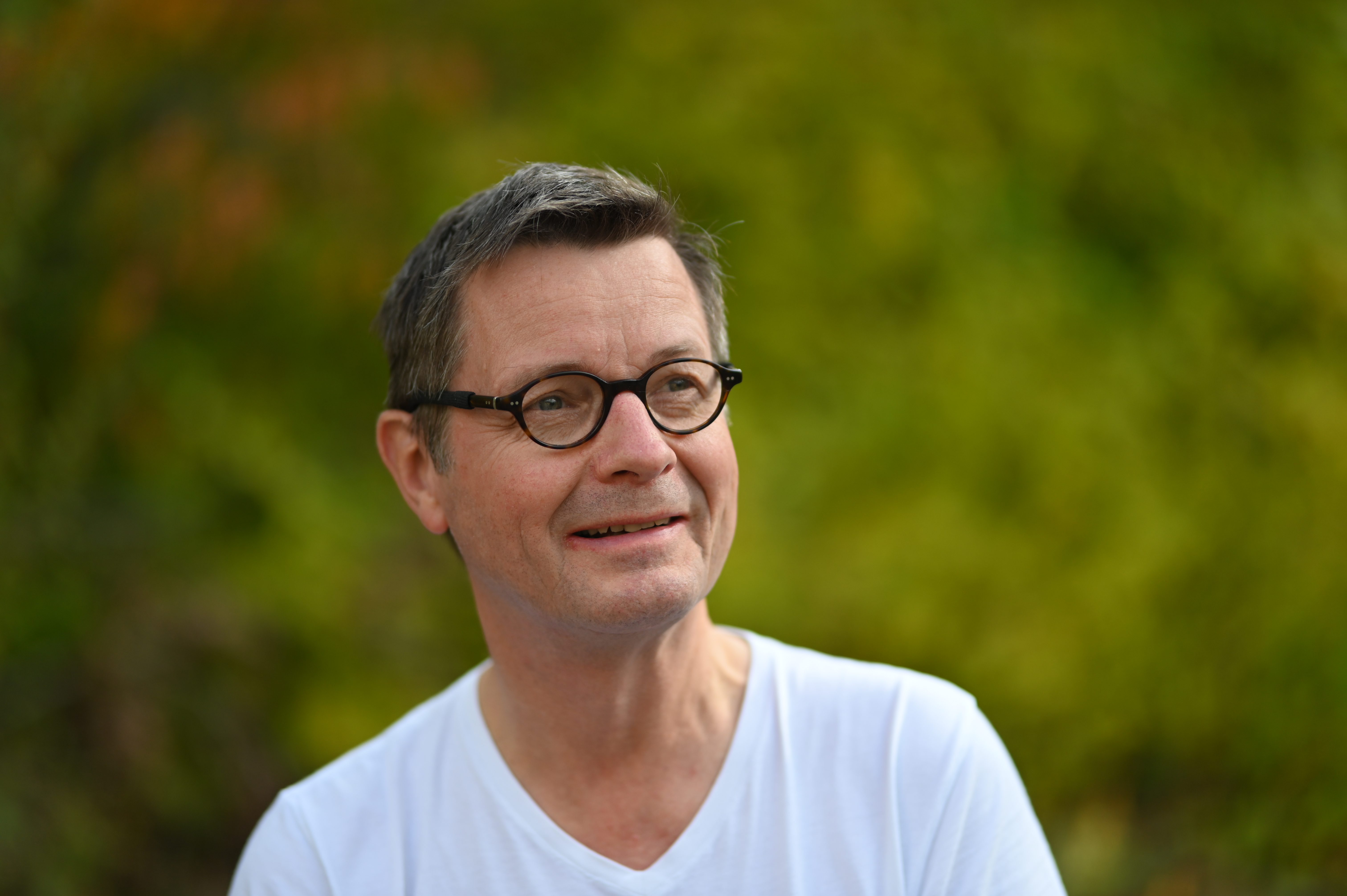
Erk Jensen, CERN, Until 2020 RF Group Leader, responsible for all CERN RF systems, CERN, Switzerland
Wednesday, April 28, 2021
6:00 - 6:45 PM
Abstract
In existing and planned particle accelerators for High Energy Physics (HEP), we are observing a trend of replacing vacuum electronics devices for high power RF generation and amplification by solid-state devices, notably in the VHF range. This is partially explained by recent progress inthe development of solid-state RF power devices and systems, partially by the reduced need of some vacuum electronics devices in other fields. Klystrons continue to cover the RF power needs in the UHF range and above. Recent efforts to increase energy efficiency in RFPower systems have led to remarkable new concepts in high power klystrons. Revised bunching schemes allow efficiencies in excess of 80% –a trend clearly replying to the need to conceive future large HEP colliders environmentally acceptable.
Biography
Erk Jensen was born in Kiel, Germany, in 1957. He graduated in Electrical Engineering in Braunschweig and made his PhD in Hamburg. He started at CERN as a Fellow in 1989, working on the RF systems for the PS, the PSB and the LHC, participated in the CLIC study and in particular the novel CTF3 RF system. His interest in high power, high efficiency power conversion to RF has continued ever since. From 2011 to 2020, Erk was leading the RF Group inside the Beams Department, responsible for all CERN RF systems.
Yaxin Zhang, UESTC, Secretary General of the Chinese THz Society and the Associate Director of the THz communication engineering
research centers, National Key Lab on Vacuum Electronics, UESTC, Chengdu, China
Wednesday, April 28, 2021
8:10 - 8:55 AM
Abstract
Terahertz (THz) technology has potentially transformative applications in high-rate communications, imaging, biomedical imaging,spectroscopy, and security inspection systems. As the demand for wireless bandwidth increases, communication systems with terahertz waves as carriers bring us the ultra-high transmission rates and lower delays, which are expected to be a potential technology in future communication systems. Moreover, due to the high resolutionand high frame frequency, the terahertz imaging becomes the focus in the security checking system and so on. The demand for terahertz systems is driving the developmentof high-performance vacuum electron devices at terahertz wave band, such as traveling wave tubes, gyrotrons, orotronsand backward wave oscillators, and so on. As one of most important vacuum electron devices, traveling wave tubes have the advantage of high power and broad bandwidth as compact amplifiers, which can be used in the terahertz communication and imaging systems. In this presentation, the development of terahertz vacuum electron devices will be introduced and the latest progress on communication and imaging systems based on the terahertz traveling wave tube and high-rage electron tuned meta-material modulators will be given.
Biography
He received the B.Sc.degree from Sichuan University, Chengdu, China, in 2003, and the M.Sc. and Ph.D. degrees from the University of Electronic Science and Technology of China (UESTC), Chengdu, in 2006 and 2009, respectively. He is currently a Professor with the China Terahertz Science and Technology Research Center, UESTC.
Dr Zhang is the Secretary General of the Chinese THz Society. He was selected as the National Youth Talent Scientist Program by the National Science Foundation of China (NSFC). He has hosted over 20 research projects and published more than 130 papers in academic journals and Conferences. His main research interests include high power terahertz sources, terahertz high-speed wireless communication technology and terahertz dynamic functional devices (terahertz modulator, resonator, filter, etc.).
__________________________________________________________________________________________________________________________________
'Electric propulsion – Game Changer for Satellites and New Possibilities for Applications'
Ernst Bosch, Thales, Head of Development Electric Propulsion
Davar Felli, ESA, Electric Propulsion Lab
Wednesday, April 28, 2021
9:00- 9:45 AM
Abstract
Biography Ernst Bosch
joint Thales, former AEG, in January, 1988
experience in theory and development of microwave tubes in all major developments
Project Manager for several commercial projects
since 1996 Head of Development Satellite TWT`s
since 1999 Head of Development Satellite & Microwace TWT`s,
since 2005 Head of Development Satellite & Microwace TWT`s and Senior Expert for TWT and LCTWTA of Thales RFMS – Ulm
Since 2015 Senior Expert and technical Adviser for Space product Line and Support Product Policy Manager Space Product Line in technical department
Since 2016 Product line design authority for Space TWTs and Radar TWTs and Simulation
Since 2018 additionally Product line design authority for Electric Propulsion
Since 2020 additionally Head of Development Electric propulsion
Biography Davar Felli
PHD in Experimental QED 2000
Head of Electric propulsion Group in the University of Giessen 2004 to 2013
2013 moved to University of Southampton as Senior Lecturer
Since 2015 working as Senior Electric Prolusion Engineer in The ESA/ESTEC (at the moment i. a. Thruster Authority for Mars Sample Return/Earth Return Orbiter)
__________________________________________________________________________________________________________________________________
'Vacuum Nanoelectronics Based on Si and III-Nitride Semiconductors'
Dimitris Pavlidis, FIU, Principal investigator and Director of emerging research programs for FIU’s College of Engineering & Computing
Wednesday, April 28, 2021
5:10 - 5:55 PM
Abstract
Nanoscale Vacuum Field Effect Transistors (VFETs) provide new opportunities for small-size low-cost vacuum electronics combined with high-frequency performance. Silicon as well wide-bandgap semiconductors (III-Nitrides) can be used for the realization. VFETs avoid high power consumption caused by cathode heating in thermionic emission devices and have small turn-on voltage with potential for millimeter-wave operation. Their optimization requires special attention to be placed on proper emitter design, growth of high-quality materials and evaluation of their thermal properties. Progress in Si-and III-V-based electronic devices allowed operation at high-frequencies extending well into the millimeter-waverange. Device performance is limited by carrier transport properties and parasitics, which have been addressed using different semiconductor materials, shrinking of device dimensions and advanced design approaches, permitting in this way to achieve operation at several hundred GHz. Further performance advances with traditionalsemiconductor devices continue to be reported but start reaching a limit. The advances made in nanotechnology together with the possibility of utilizing field-rather than thermionic-emission offer, however, the possibility of revisiting the principle of vacuum tubes. Silicon and III-Nitride materials used for the realization of nanoelectronicdevices with such approaches can be processed using well-developed technologies and nanofabrication techniques, providing therefore ways of shrinking dimensions in critical parts of the device such as for example the gap between the emitter and cathode.
Biography
Dimitris Pavlidis has been Professor of Electrical Engineering and Computer Science at the University of Michigan, Ann Arbor from 1986 to 2004 and Adjunct Professor since 2004. He has been Research Professor at Boston University, Department of Electrical and Computer Engineering since 2012. He was Program Director in the Electronics, Photonics and Magnetic Devices (EPMD) Program in the ECCS Division of the National Science Foundation from 2012 to 2018. In 2019 he joined Florida International University (FIU) as Director of Emerging Research Programs and Research Professor.
His research involves various types of semiconductor materials, devices, circuits, nanostructures and sensors. His work on heterostructure devices and materials includes the design, fabrication and characterization of GaAs, InP-based HEMT's and HBT's, diodes for switching and mixing, GaN-based HFETs and two-terminal devices. His research covers microwave/ millimeter-wave monolithic heterostructure integrated circuits and field-emission. He is currently leading a AFOSR funded project vacuum nanoelectronics in collaboration with Boston University, Georgia Tech, Ohio State, Penn State and Purdue University aiming at Nanoscale Vacuum Field Effect (VFETs).
Professor Pavlidis is an IEEE fellow and received the received the 2015 IEEE Distinguished Educator Award for achieving outstanding success in the field of microwave engineering and science as an Educator, Mentor, and Role Model for Microwave Engineers and Engineering Students.
__________________________________________________________________________________________________________________________________
'The Role of Vacuum Electronics in Future Particle Accelerators'
Erk Jensen, CERN, Until 2020 RF Group Leader, responsible for all CERN RF systems, CERN, Switzerland
Wednesday, April 28, 2021
6:00 - 6:45 PM
Abstract
In existing and planned particle accelerators for High Energy Physics (HEP), we are observing a trend of replacing vacuum electronics devices for high power RF generation and amplification by solid-state devices, notably in the VHF range. This is partially explained by recent progress inthe development of solid-state RF power devices and systems, partially by the reduced need of some vacuum electronics devices in other fields. Klystrons continue to cover the RF power needs in the UHF range and above. Recent efforts to increase energy efficiency in RFPower systems have led to remarkable new concepts in high power klystrons. Revised bunching schemes allow efficiencies in excess of 80% –a trend clearly replying to the need to conceive future large HEP colliders environmentally acceptable.
Biography
Erk Jensen was born in Kiel, Germany, in 1957. He graduated in Electrical Engineering in Braunschweig and made his PhD in Hamburg. He started at CERN as a Fellow in 1989, working on the RF systems for the PS, the PSB and the LHC, participated in the CLIC study and in particular the novel CTF3 RF system. His interest in high power, high efficiency power conversion to RF has continued ever since. From 2011 to 2020, Erk was leading the RF Group inside the Beams Department, responsible for all CERN RF systems.
